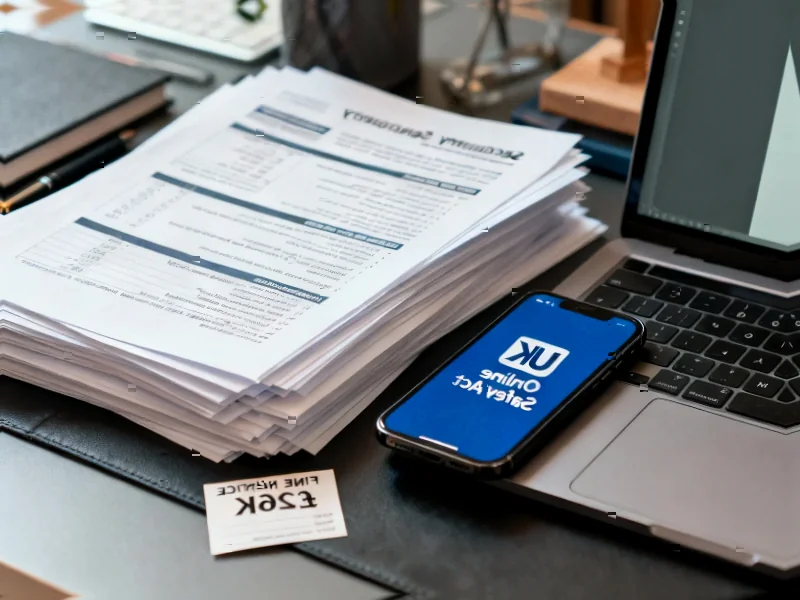According to Infosecurity Magazine, cybersecurity firm Proofpoint has identified active malicious campaigns where hackers are helping organized crime groups steal physical goods through cargo freight hijacking. The researchers found that threat actors have been targeting transportation companies in North America since at least June 2025, with evidence suggesting campaigns may have begun as early as January 2025. The attackers use social engineering emails containing URLs that lead to executable files installing remote monitoring management tools, giving them full control of compromised systems. The threat actors create fake domains impersonating legitimate transportation brands and deploy multiple RMM tools including ScreenConnect, SimpleHelp, PDQ Connect, and others, sometimes using them in combination for maximum access. This digital-physical crime convergence represents a significant evolution in criminal tactics that demands immediate industry attention.
The RMM Security Paradox
The fundamental vulnerability here stems from legitimate remote monitoring and management tools being weaponized against the organizations that rely on them. RMM platforms like those mentioned in Proofpoint’s research are essential for managing distributed IT infrastructure across multiple locations – exactly the operational reality for trucking and logistics companies with terminals, warehouses, and remote workers spread across regions. These tools typically require elevated privileges to function properly, creating a perfect storm when compromised. The attackers aren’t exploiting software vulnerabilities in the RMM tools themselves, but rather using legitimate administrative access against the victims. This creates a difficult security balancing act where companies must maintain operational remote access while preventing malicious use.
Advanced Social Engineering Tactics
What makes these campaigns particularly dangerous is the sophisticated understanding of transportation industry workflows that the attackers demonstrate. The creation of fake domains using legitimate-sounding transportation terminology shows these aren’t generic phishing campaigns, but targeted operations with industry-specific knowledge. Attackers likely conduct extensive reconnaissance to understand common communication patterns, vendor relationships, and operational terminology within the logistics sector. This level of targeting suggests either insider knowledge or careful study of public-facing transportation company communications, schedules, and business relationships. The use of MSI files rather than simple executables indicates an understanding of enterprise deployment practices, making the malicious payloads appear more legitimate to IT staff.
The Physical-Digital Crime Nexus
This represents a sophisticated division of labor between cybercriminal specialists and traditional organized crime groups with physical logistics expertise. The digital attackers provide the initial access and intelligence gathering, while their physical counterparts handle the actual theft and distribution of stolen goods. The credential harvesting using tools like WebBrowserPassView suggests the attackers are mapping out entire organizational structures and access patterns, potentially identifying shipment schedules, warehouse inventories, and security protocols. This intelligence then enables precise physical operations where thieves know exactly what to target, when to strike, and how to bypass security measures. The convergence creates a force multiplier effect where traditional cargo security measures become ineffective against attackers with inside information.
Defense Strategy Implications
Traditional cybersecurity approaches focused solely on preventing network breaches are insufficient against these blended threats. Organizations need integrated physical and digital security operations that can correlate unusual network activity with physical security events. The transportation industry’s historically separate IT and physical security teams must develop shared visibility and response protocols. Technical controls should include application allowlisting to prevent unauthorized RMM tool installation, network segmentation to isolate operational technology systems, and behavioral monitoring to detect unusual remote access patterns. More fundamentally, companies need to assume that determined attackers will eventually gain some level of access and focus on resilience strategies that limit the damage from compromised credentials or systems.
Broader Industry Impact
The transportation and logistics sector faces unique challenges in addressing these threats due to its distributed nature, reliance on third-party contractors, and operational pressures that often prioritize efficiency over security. Many smaller trucking companies lack sophisticated cybersecurity capabilities, making them attractive targets for initial compromise that can then be used to attack larger partners in the supply chain. The interconnected nature of modern logistics means a breach at one company can potentially affect multiple organizations throughout the supply ecosystem. This creates both a collective defense challenge and potential liability questions about security standards across the industry. As the ongoing campaigns demonstrate, this isn’t a theoretical threat but an active criminal enterprise that will likely expand to other regions and transportation modes unless addressed systematically.




